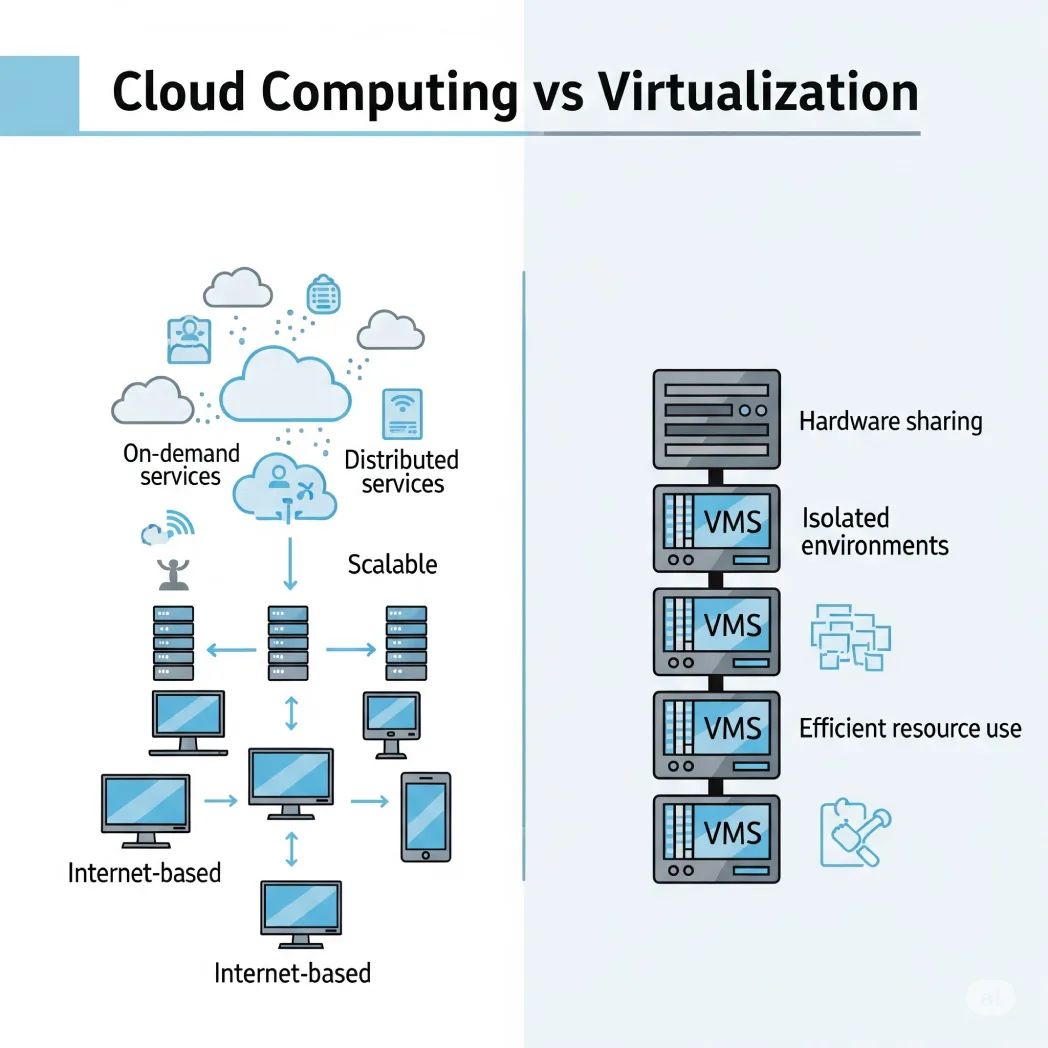Explore the concepts of Logical Address vs Physical Address to understand their roles in memory management. Learn how they work together to optimize virtual memory and ensure efficient data processing in computer systems.
Unlock the Mystery: Revealing the Intricacies of Logical and Physical Addresses
In the fast-evolving landscape of technology, understanding the fundamental concepts of computer science is pivotal. Among these, the Difference Between Logical Address and Physical Address stands as a cornerstone. In this comprehensive exploration, we unravel the intricacies of these two critical components, shedding light on their roles, significance, and the interplay that defines the digital realm.
Deciphering Logical Address: The Virtual Blueprint
Defining Logical Address
The Logical Address serves as the virtual blueprint within the realms of computer memory. It represents a location that a program uses to store or retrieve data. Unlike its physical counterpart, the logical address provides a level of abstraction, allowing for a more flexible and efficient management of resources.
The Significance of Logical Addressing
Logical addressing is the linchpin in creating a seamless, user-friendly computing experience. It enables processes to operate independently of the underlying hardware, fostering portability and enhancing the overall versatility of computing systems.
Logical Address in Action: A Real-world Scenario
Consider a scenario where multiple applications are running simultaneously on a computer. Each application utilizes logical addressing to access memory, oblivious to the physical intricacies of how data is stored. This abstraction facilitates efficient multitasking and enhances the user experience.
Unveiling Physical Address: The Tangible Location
Understanding Physical Address
Contrary to the virtual nature of logical addressing, the Physical Address is the tangible location in the computer’s memory hardware. It signifies the actual physical location where data is stored. Physical addressing provides the concrete counterpart to the abstract world of logical addressing.
The Role of Physical Addressing
Physical addressing is the foundation upon which the logical layer operates. It is the direct link to the hardware, specifying the exact location in the physical memory where data is stored or retrieved. This direct correlation with hardware is essential for the efficient functioning of computer systems.
Physical Address at Work: A Practical Insight
Imagine the physical address as the street address of a house. While logical addressing defines the abstract location, the physical address is the specific house on that street. This direct correlation ensures that data is accessed precisely from its stored location, contributing to the efficiency and reliability of computing processes.
The Symbiosis: Bridging the Gap Between Logical and Physical Addresses
Understanding the Interplay
The relationship between logical and physical addressing is symbiotic. The logical address provides a layer of abstraction, enabling flexibility and portability, while the physical address grounds this abstraction in the tangible reality of hardware, ensuring precision and reliability.
Memory Management: A Collaborative Effort
Memory management, a critical aspect of computing, relies on the seamless collaboration between logical and physical addressing. The operating system orchestrates this dance, ensuring that data is efficiently allocated, accessed, and de-allocated based on the requirements of running processes.
Key Differences between Logical Address vs Physical Address
LOGICAL ADDRESS | PHYSICAL ADDRESS |
|---|---|
| It is generated by the CPU | It is computed by MMU |
| It is variable | It is constant |
| It is the virtual address | It is a location in a memory unit. |
| Set of all logical addresses is called Logical Address Space | Set of all physical addresses is called the physical Address Space |
| The user can view the logical address | User cannot view the physical address |
| It is used to access the physical address | User cannot access the physical address |
Conclusion
In conclusion, grasping the Difference Between Logical Address and Physical Address is fundamental for anyone delving into the realms of computer science. It’s not merely an academic exercise but a key to unlocking the potential of modern computing.





good